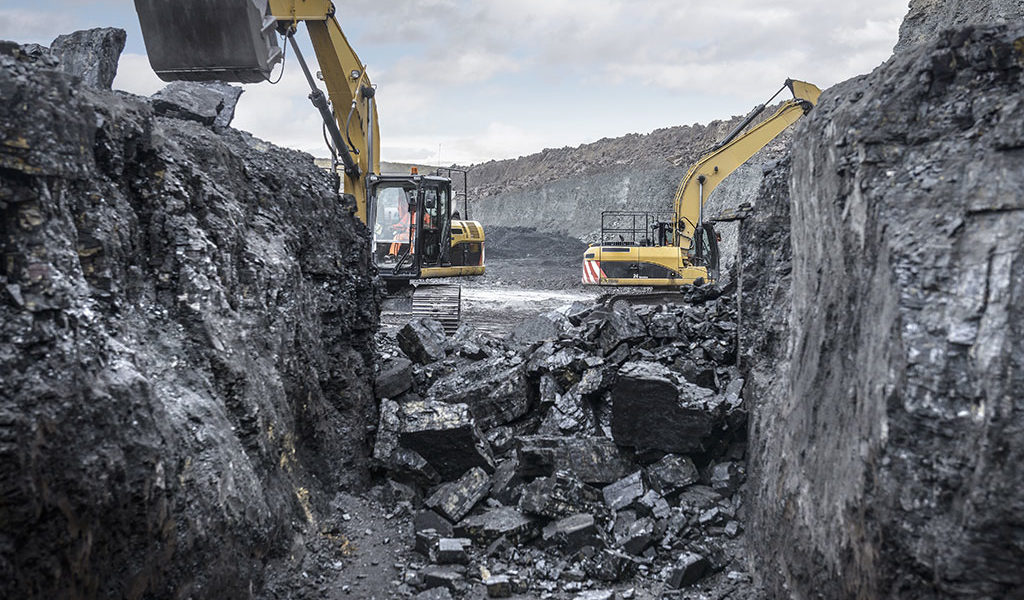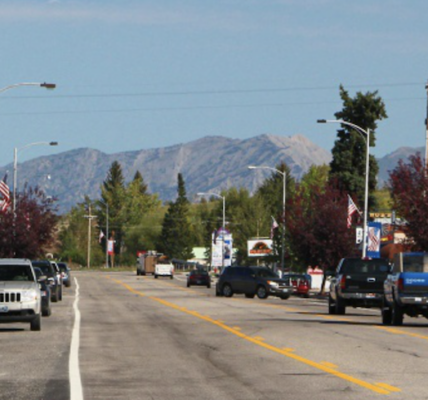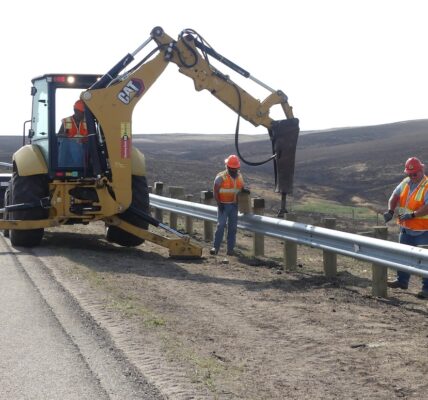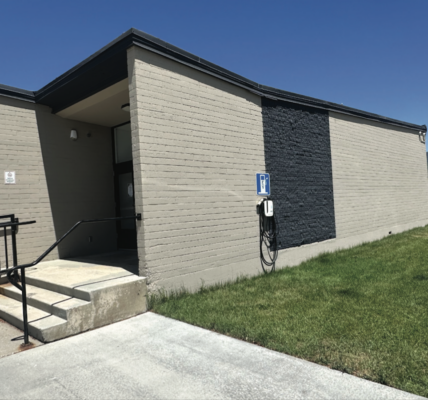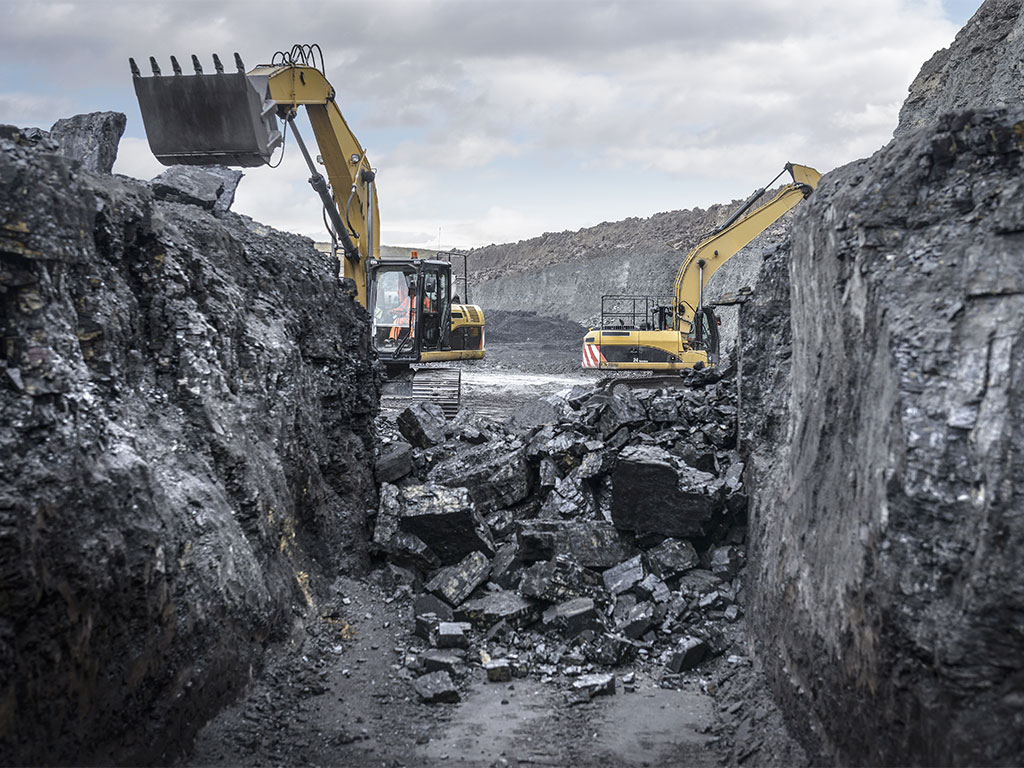
By Nicole Pollack
Casper Star-Tribune
Via- Wyoming News Exchange
CASPER — Coal production in Wyoming plummeted 21% in 2020 as the U.S. saw its lowest yield since 1965, the Energy Information Administration (EIA) reported Wednesday.
The steep decline was caused in part by the pandemic-fueled drop in energy demand, coupled with natural gas prices being driven down simultaneously by the pandemic. But it also reflects an ongoing shift away from coal in both domestic and international markets.
Nearly all of Wyoming’s coal is exported out of the state, meaning that the coal industry’s economic fortunes — and the decisive role coal plays in the Wyoming economy — are out of local hands.
“We are reliant on trends and policy decisions outside our state’s borders, and that can be frustrating to people, but that’s just the reality of it,” said Shannon Anderson, staff attorney at the Powder River Basin Resource Council.
“We have very little choice here in Wyoming. And really what we need to do is start embracing the reality and start moving forward and finding a way to transition our economy while we still have the time to do it,” she said.
In 2020, total U.S. coal production fell 24% compared with 2019. Coal-fired power generation dropped by 20%. Coal exports were down 26%. Production in Pennsylvania, West Virginia, Illinois, Kentucky and Indiana shrank by between 27% and 37%.
The sudden drop in demand was an anomaly — and the industry is recovering accordingly — but the downward trend hasn’t changed. U.S. coal production has halved in the last decade.
“It’s just a fact that utilities are scaling back their coal use,” said Travis Deti, executive director of the Wyoming Mining Association. “We’re not going to turn off the lights and shut down the mines here tomorrow. We’re going to be around for a long time.”
Coal still provides between 20% and 23% of the U.S. electricity supply, he said, “and it’s going to be like that for a while.”
Wyoming produced 41% of the nation’s coal in 2020, according to the EIA.
Nationally, coal production increased in the first half of 2021 to meet rising electricity demand, though not to 2019 levels. The EIA estimates that U.S. coal production this year will be 15% higher than in 2020, and it expects this year’s exports to exceed last year’s by 21%.
Production in Wyoming is up 8% over last year, and many of the 572 coal industry jobs lost last year are returning as fuel demand rises, Deti said.
As the U.S. economy reopened and electricity demand rose, natural gas prices have gone back up — potentially high enough to drive natural gas prices above coal prices, which would incentivize utilities to burn more coal, Anderson said. That shift would benefit Powder River Basin mines, whose coal is sold relatively cheaply.
And the extreme temperatures seen so far in 2021 — which were exacerbated by climate change, according to an analysis of the recent heat wave by a team of leading climate researchers — have accelerated the coal industry’s recovery.
“We burn more coal when it’s very cold, and we burn more coal when it’s very hot,” Deti said. “And with the weather being like it is in the West right now, and in other places — good cold winters and good warm summers are good for the coal market.”


